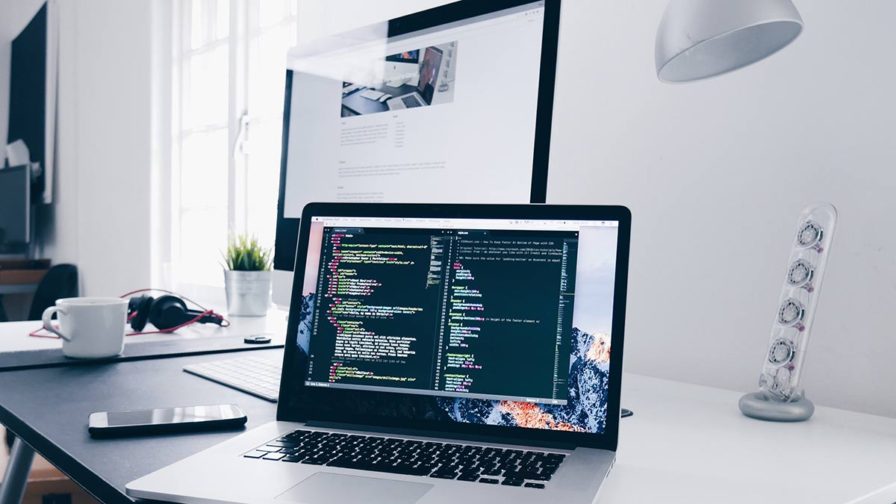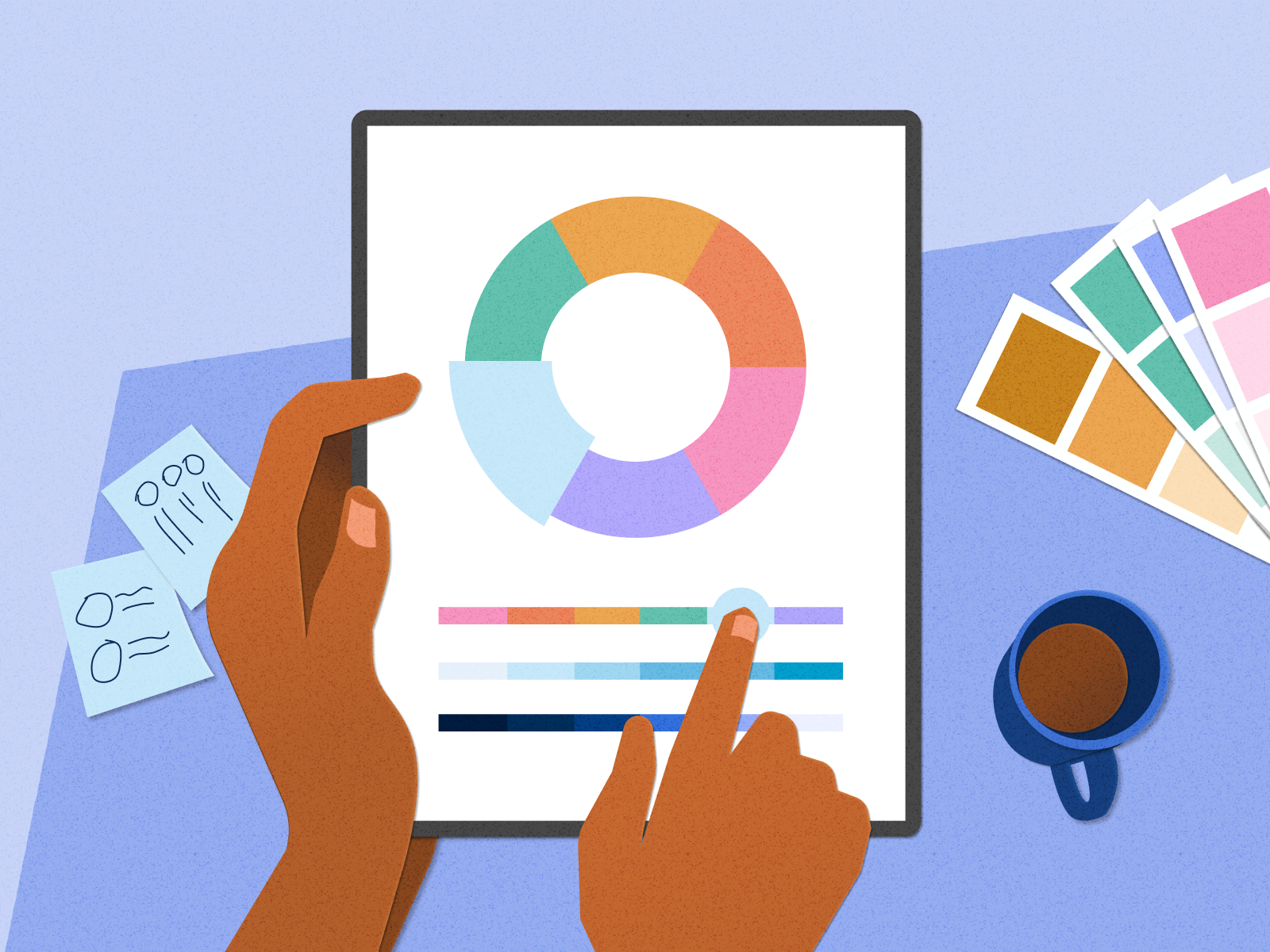The Most Effective Kinds Of Web Design to Improve User Experience and Interaction
In the ever-evolving landscape of digital interaction, the performance of Web style considerably influences individual experience and engagement. Numerous style approaches, such as minimal, responsive, and interactive formats, each offer one-of-a-kind advantages that can accommodate varied user requirements. Understanding which types of website design finest offer these purposes can be critical for businesses aiming to boost client satisfaction and retention. Nonetheless, the concern remains: which design components really resonate with customers and foster purposeful engagement? The expedition of these principles exposes essential insights that may redefine your method to website design.
Minimal Website Design
As digital landscapes become increasingly cluttered, minimalist Web layout has actually become a powerful method to enhancing user experience. This layout ideology focuses on simplicity, concentrating on vital aspects while getting rid of unneeded diversions. By using adequate white area, straightforward navigating, and a minimal shade combination, minimalist layout fosters clarity and directs customer interest to essential content.
The core concept of minimalist Web layout is to produce a seamless communication for customers. By minimizing cognitive tons, users can promptly comprehend information without really feeling bewildered. This direct strategy not only enhances usability however additionally motivates interaction, as site visitors are more probable to explore a website that is very easy and visually enticing to navigate.
In addition, minimalist layout usually highlights typography and images, utilizing these components tactically to share messages successfully. This concentrate on crucial elements can boost brand identification and create a remarkable user experience. Basically, minimalist Web style is not just a fad; it is a thoughtful method that recognizes the value of user-centered layout. By removing nonessential components, developers can create a much more interesting, efficient, and satisfying Web experience for all users.
Receptive Web Layout
In today's diverse digital environment, responsive website design has actually come to be vital for developing a seamless user experience throughout a multitude of devices. As individuals gain access to internet sites on mobile phones, desktop computers, laptop computers, and tablet computers, the capability of an internet site to adjust its format and material to different screen sizes and resolutions is important.
Receptive Web design employs flexible grids, photos, and CSS media questions to make sure that Web material exists optimally, regardless of the tool used. This method not only boosts the aesthetic charm of a site but also significantly boosts functionality. Individuals are more probable to engage with a website that provides a consistent experience, as it removes the frustration of needing to focus or scroll excessively.
Moreover, search engines, including Google, prioritize mobile-friendly internet sites in search positions. By adopting receptive design, organizations can enhance their visibility and get to a wider target market. This technique also streamlines site upkeep, as a single variation of the site can deal with all gadgets, reducing the demand for several variations. In summary, receptive Web layout is an essential technique that boosts user experience, involvement, and general complete satisfaction.
Interactive Web Design
Responsive website design prepares for boosting customer experience, however interactive Web design takes this a step better by involving individuals in an extra vibrant method - Aligned Position Web Design. By including elements such as animations, clickable models, and real-time feedback, interactive website design astounds users, drawing them right into a richer surfing experience
This technique not just cultivates engagement but also motivates individuals to discover material actively as opposed to passively consuming it. Techniques such as gamification, where individuals make benefits for completing tasks, can dramatically enhance the time invested on a website and boost total satisfaction. Interactive attributes can streamline complicated info, making it a lot more digestible and satisfying.

Including interactive design aspects can also cause greater conversion rates, as individuals are more likely to involve with a site that actively includes them. Aligned Position Web Design. Inevitably, interactive Web style changes user experiences into unforgettable trips, guaranteeing that site visitors return time and once more
Flat Style
Defined by its minimalistic technique, level layout stresses simpleness and functionality, removing unnecessary elements and concentrating on necessary functions. This style ideology focuses on use, making certain that customers can browse user interfaces effortlessly and performance. By using a tidy visual, flat style gets rid of the clutter frequently found in much more ornate styles, therefore boosting customer concentrate on material and functionality.
The hallmark of level layout exists in its use of bold colors, simple typography, and geometric forms. These components add to a visually appealing interface that is both modern and friendly. Additionally, level design cultivates a feeling of clearness, enabling users to discern essential activities and info without interruption.
In addition, level layout is specifically efficient in receptive Web style, as its simpleness translates well throughout various tools and display sizes. click here for more info By focusing on essential attributes, level design not only satisfies individual demands however additionally encourages seamless communication, making it a vital element of reliable Web layout strategies.
Flexible Website Design
Flexible website design tailors the customer experience by creating several fixed layouts customized to different display dimensions and tools. Unlike receptive style, which fluidly changes a solitary format, flexible design utilizes distinct formats for certain breakpoints, making certain optimal discussion on numerous platforms. This method allows designers to concentrate on the unique attributes of each device, enhancing use by providing exactly what individuals need based upon their context.
Among the primary advantages of adaptive website design is its capacity to optimize load times and efficiency. By serving customized web content and pictures that fit the customer's device, sites can decrease data usage and boost loading speeds. This is especially beneficial for users with slower connections or limited information plans.

Furthermore, flexible design promotes a much more special info constant and regulated branding experience. Because developers develop multiple designs, they can make certain that the visual aspects straighten with the brand's identity throughout various platforms - Aligned Position Web Design. This results in a natural customer experience, improving interaction and advertising customer retention
Conclusion
Finally, the combination of minimal, receptive, and interactive website design principles substantially boosts user experience and engagement. Minimalist style promotes quality and emphasis, while receptive layout ensures adaptability across different gadgets, promoting availability. Interactive layout astounds customers via vibrant elements, encouraging exploration and personalization. Collectively, these style approaches contribute to the development of easy to use atmospheres that not only enhance fulfillment however likewise drive higher conversion rates, highlighting their vital value in contemporary Web design strategies.

Minimalist design promotes quality and emphasis, while receptive layout makes certain flexibility throughout various devices, promoting ease of find out here access. Collectively, these style approaches contribute to the development of easy to use atmospheres that not just enhance fulfillment yet additionally drive greater conversion prices, emphasizing their essential relevance in modern Web style methods.